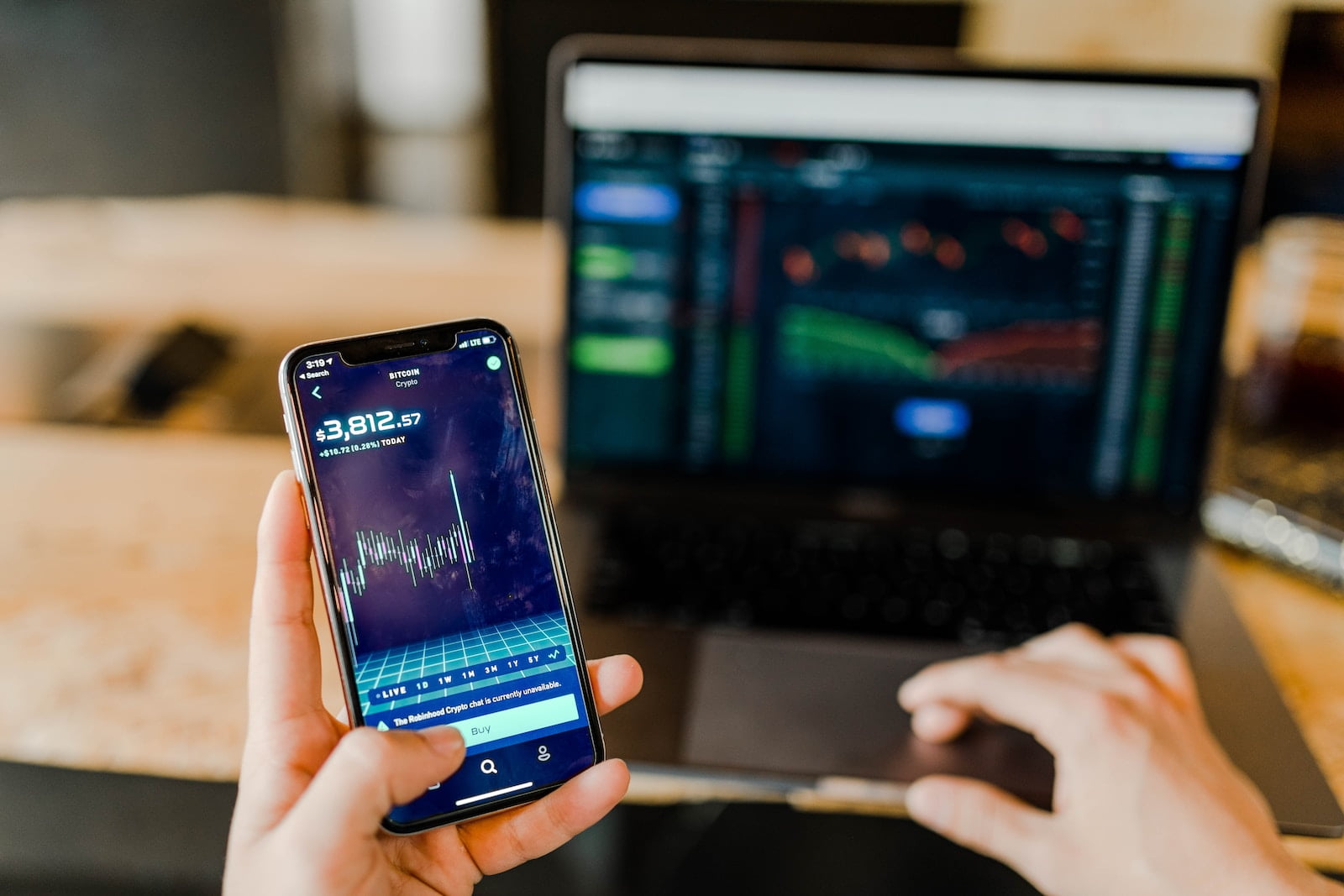
The Future of Financial Markets
In the ever-evolving landscape of financial markets, automation has become a game-changer. Automated trading, also known as algorithmic trading or algo trading, is the practice of using computer programs to execute trading strategies with minimal human intervention. This innovative approach has transformed the way investors, hedge funds, and financial institutions conduct their trading activities. In this article, we will explore the concept of automated trading, its advantages, challenges, and its potential impact on the future of financial markets.
The Basics of Automated Trading
Automated trading relies on complex algorithms and software to make trading decisions based on predefined criteria and rules. These algorithms can analyze vast amounts of market data in real-time, identify trading opportunities, and execute orders within milliseconds. This rapid execution speed is a significant advantage in today’s highly competitive and fast-paced financial markets.
Some common strategies employed in automated trading include:
Arbitrage: Identifying price discrepancies between different markets or asset classes and capitalizing on them by buying low and selling high.
Trend Following: Trading in the direction of prevailing market trends, aiming to capture profits as the trend continues.
Market Making: Providing liquidity to the market by continuously quoting buy and sell prices for a specific asset, profiting from the bid-ask spread.
Statistical Arbitrage: Utilizing statistical models to identify relationships between assets and make trading decisions based on historical data patterns.
Advantages of Automated Trading
Speed: Automated trading systems can execute orders in a fraction of a second, ensuring that traders can take advantage of even the smallest market movements.
Consistency: Algorithms follow predefined rules rigorously, eliminating emotional biases that can lead to poor decision-making.
Diversification: Automated systems can trade across multiple markets and assets simultaneously, spreading risk and potentially enhancing returns.
Efficiency: Automation reduces the need for constant monitoring, allowing traders to focus on strategy development and optimization.
Backtesting: Traders can test their strategies on historical data to assess their performance before deploying them in real markets.
Challenges and Risks
While automated trading offers numerous benefits, it also comes with its own set of challenges and risks:
Technical Failures: Software glitches, connectivity issues, or hardware failures can result in substantial losses.
Over-Optimization: Excessive fine-tuning of algorithms to historical data can lead to poor performance in live markets.
Market Conditions: Rapidly changing market conditions, such as high volatility or sudden news events, can challenge the effectiveness of automated strategies.
Regulatory Scrutiny: Regulators closely monitor automated trading, and traders must adhere to strict rules and risk management practices.
The Future of Financial Markets
The adoption of automated trading is expected to continue to grow, shaping the future of financial markets in several ways:
Increased Liquidity: Automated market makers contribute to enhanced liquidity, reducing bid-ask spreads and benefiting all market participants.
Algorithmic Trading for Retail Investors: As technology becomes more accessible, retail investors are gaining access to algorithmic trading strategies previously reserved for institutional players.
AI and Machine Learning: The integration of artificial intelligence and machine learning into trading algorithms is likely to lead to more adaptive and sophisticated strategies.
Market Surveillance: Regulators will continue to develop tools and regulations to monitor automated trading activities, ensuring market integrity.
In conclusion, automated trading has revolutionized financial markets by offering speed, consistency, and efficiency that human traders cannot match. While it presents challenges and risks, its potential benefits and growth prospects make it a key component of the future financial landscape. As technology continues to advance, automated trading is likely to become even more prevalent and sophisticated, reshaping the way markets operate and providing opportunities for a wider range of participants.
